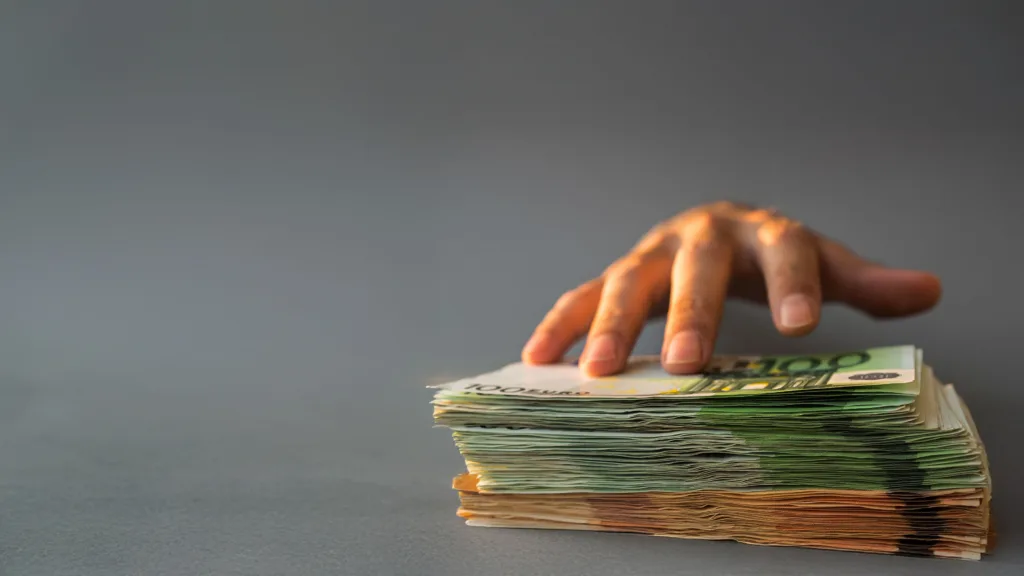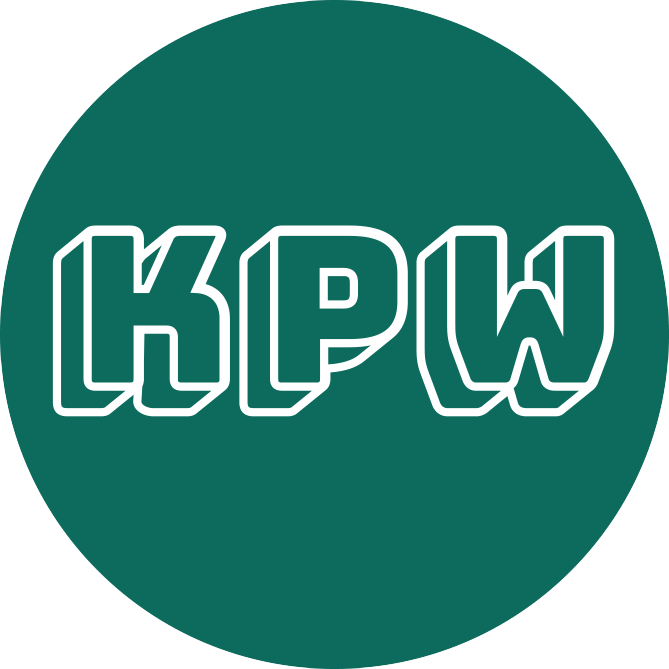
Fraudulent
Invoices with
Registrations.
Fraudulent
Invoices with
Registrations.
from
For many years, applicants for trademarks, designs and other IP rights have been receiving fraudulent requests for payment after their application. How can fraudulent invoices be recognized and what measures do the trade mark offices take to counter them?
Invoice after registration
Almost all applicants for IP rights often receive legitimate-looking invoices or requests for payment shortly afterwards – often with official logos, coats of arms and details of “fee-based publications” or “registrations”. Instead of official invoices for the application, these are in fact misleading or fraudulent invoices and requests for payment. The issue has been known for many years and the perpetrators and bank accounts are often located abroad and are therefore difficult to catch. The EUIPO has launched a Europe-wide initiative to effectively counter this abuse.
Background information
What are misleading requests for payment?
According to the EUIPO flyer, these are invoices or notifications from fraudsters pretending to be official IP offices in order to persuade IP right holders to pay.
Examples of typical features:
- Unfamiliar sender, foreign bank details or foreign account number.
- Threatening tone (“pay immediately”) or suggested obligation to publish or supplement the register of property rights (“final deadline”) without any comprehensible official background.
- No reference to actual official registration or renewal – the official authority does not separately request payment for “registration in a private register”.
Why is there a risk after registration?
Public registers of intellectual property rights are accessible – so fraudsters can target applicants or owners of intellectual property rights. According to the EUIPO, such fraudulent payment requests generate a turnover of over 26 million euros per year.
EUIPO initiative in the fight against misleading invoices
In recent years, the EUIPO has launched a coordinated campaign to better identify forms of fraud, educate users and strengthen cooperation between offices and other stakeholders.
On October 2, 2025, the “10th Anti-Scam Network Meeting: Strengthening the fight against misleading invoices” took place, at which international representatives, including national offices and other stakeholders, discussed strategies to combat fake payment requests. As part of this initiative, a
Cooperation with other offices, e.g. the European Patent Office (EPO), has been strengthened: the Anti-Scam Network structure is managed as part of an overall work plan.
How do you recognize fake invoices?
For companies, especially those with little experience in the IP rights system, the following practical tips are available for recognizing fraudulent invoices:
- Check the sender: Who is the sender of the invoice? You will often find names that are similar to the offices but not identical.
- Check the purpose: Although it is often suggested that registration fees are involved, you are actually offered entries in a commercial directory, for example, in the small print.
- Check accounts: Check whether the accounts indicated are those of the offices. If the alleged invoices from the EUIPO are not a Spanish account (beginning with ES) or, in the case of national offices, an account from the respective country, this is likely to be fraud.
- Check the invoice: The EUIPO provides a list of dubious providers and sample invoices from them on the EUIPO website. If it is an invoice from one of these senders, it is fraudulent.
- If in doubt, ask: If there is any doubt about the authenticity of the invoice, it is advisable to ask either the appointed attorney or, if there is no legal counsel, the respective trademark office.
- Raise awareness within the company: The finance or accounting department should be made aware of the issue – payment releases should be checked to see whether they are actually official fees.
- Document and report: Suspicious letters received should be archived and reported to the authorities. This makes it easier to follow up and increases the pressure against the perpetrators.
Conclusion
Misleading requests for payment after trademark applications are no longer a rare phenomenon, but a targeted form of IP fraud. The EUIPO initiative shows that there is an increasing focus on both prevention and international cooperation. The following applies to companies: be vigilant, ask questions if you are unsure, only use official channels and always check requests for payment critically.
We are happy to
advise you about
Trademark law!







